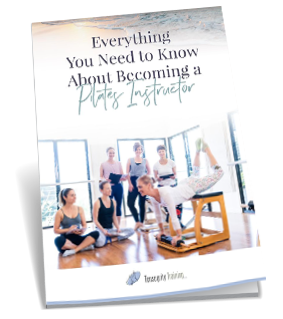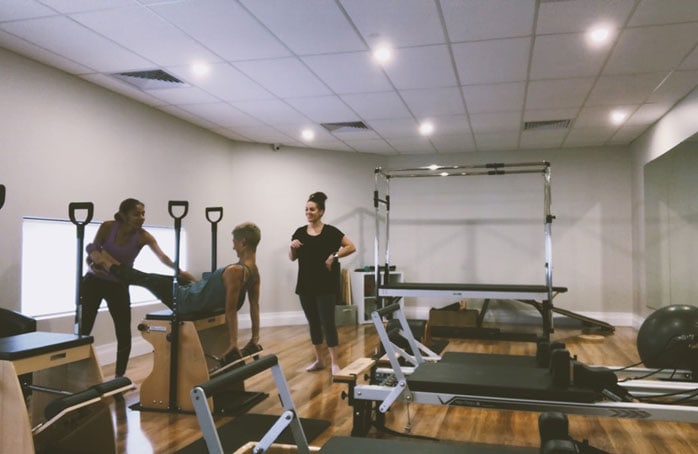
Why Pilates Makes Me Tired
Posted on May 20, 2019 by adminAs tiring as Pilates can be, it really is good for your body. Many people find Pilates tiring in a different way to the gym. While a gym session will generally leave you feeling sore and fatigued in one part of your body, a properly programmed Pilates session can leave you feeling like you have used your full body fatigue in some instances. This is due to the nature of Pilates and one of the main factors in how it differs from yoga. While yoga’s main focus is on flexibility, Pilates is specifically designed to work not only your core muscles but your specific stabiliser muscles as well.
What are stabiliser muscles? Simply put these are muscles that stabilise a joint to protect against unnecessary or unwanted movement. Many people are familiar with the larger muscles such as Biceps Brachii (Biceps for short) while working their arms, however few people have heard of Supraspinatus and what it does to protect their shoulder joint. Supraspinatus holds your humerus (upper arm bone) in place and keeps your upper arm stable, additionally it helps to lift your arm and therefore this muscle is involved in many movements of the arms over the head. Movements such as reaching to a high self or taking off a t-shirt use the Supraspinatus.
In Pilates we work these generally smaller stabiliser muscles, all over the body as well as the deep muscles which are located underneath the larger muscles. The deeper muscle layers are commonly quite weak, so it is unsurprising that after a Pilates session you can feel as though you’ve worked muscles you never knew you had – because chances are, you have done exactly that.
It is so important to work these muscles as very often they are neglected in our day-to-day life, gradually losing strength until they can become susceptible to a tear or other injury. As uncomfortable as being generally tired is, it is far better to work on strengthening these deeper muscles so that your body may function in a biomechanically optimal way than it is to have to recover from an injury. It’s healthy for your stabilising muscles to have a chance to move correctly while being watched closely by a qualified Pilates instructor who can identify these muscles and make sure that you are in fact using them correctly.
Choosing the right studio and instructor is absolutely key to gaining the most from your Pilates practice. Ensuring that you take a class with an instructor who is eligible for membership with either of the Australian professional Pilates associations. (https://www.pilates.org.au/ or https://www.australianpilates.asn.au/) is the best way to know that you are in safe, professional hands.
Latest Blog Post
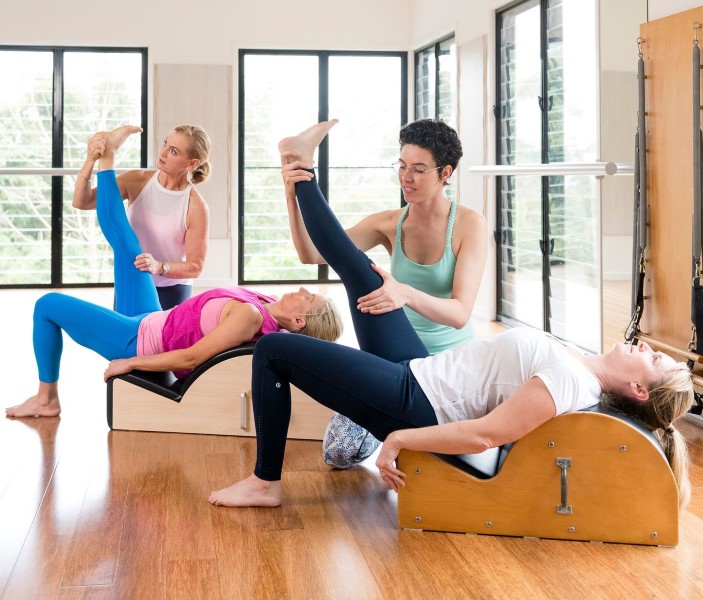
How Much Does a Pilates Instructor Make in Australia?
Teaching Pilates has become a lucrative career choice, offering flexibility and various approaches to generate revenue. If you’re considering this path or simply curious about the earning potential, let’s look at the Pilates instructor salary variables in Australia. Base Wage and Industry Standards Once you’ve finished your Pilates teacher qualification and can work as …
Continue reading “How Much Does a Pilates Instructor Make in Australia?”
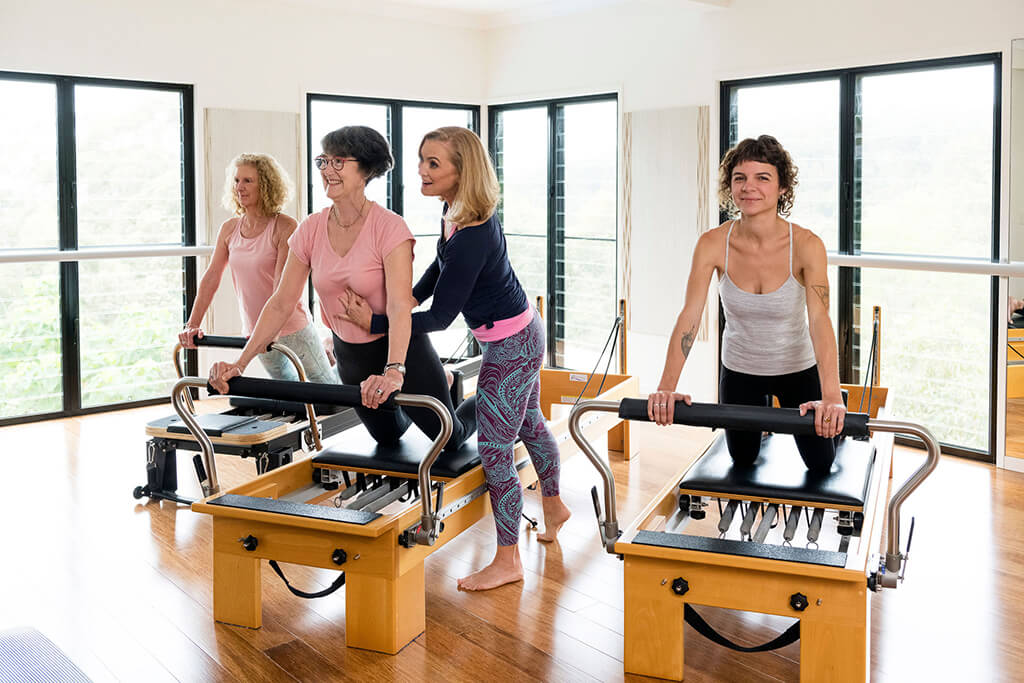
Pilates for Osteoporosis: Strengthening Bones for a Better Quality of Life
Osteoporosis, often called the ‘silent disease,’ affects a significant portion of the population, particularly women over 50. By age 50, approximately 50% of women and 25% of men experience the effects of osteoporosis or its precursor, osteopenia. As we search for effective ways to manage and prevent this condition, many ask, ‘Is Reformer Pilates good …
Continue reading “Pilates for Osteoporosis: Strengthening Bones for a Better Quality of Life”
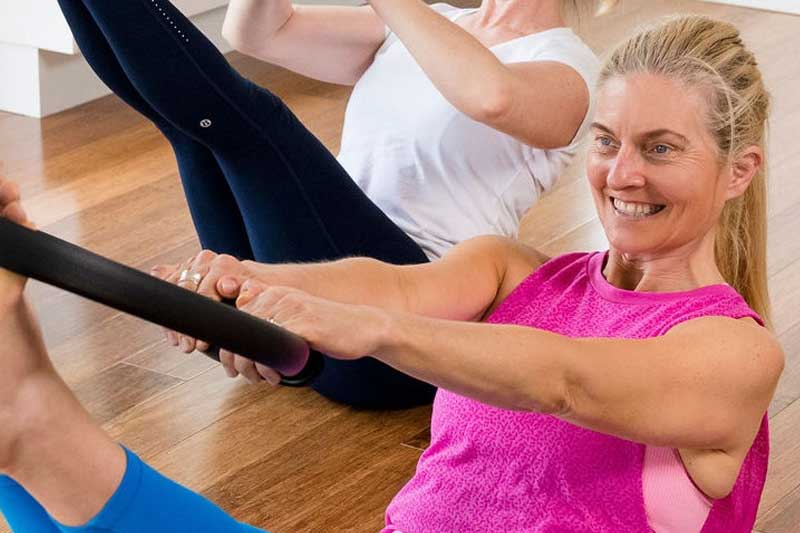
The Transformative Benefits of Pilates: Why People Love This Timeless Exercise
In the ever-evolving world of fitness, Pilates has emerged as a beloved practice for people of all ages and fitness levels. But what does Pilates do for your body, and what makes this century-old exercise method so enduringly popular? What are the top 10 benefits of Pilates that have people returning to their mats and …
Continue reading “The Transformative Benefits of Pilates: Why People Love This Timeless Exercise”
